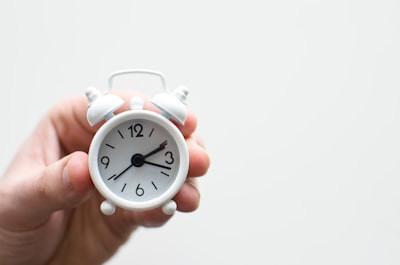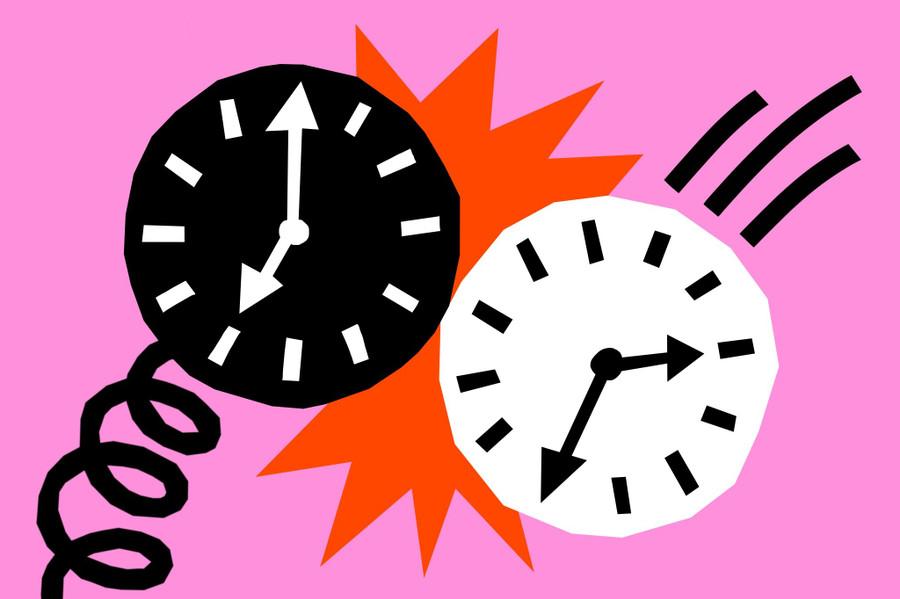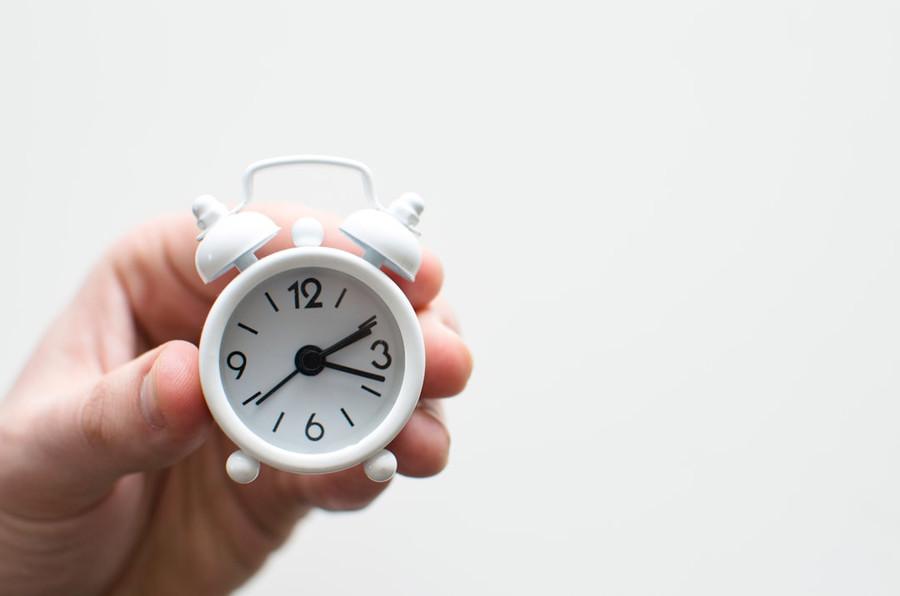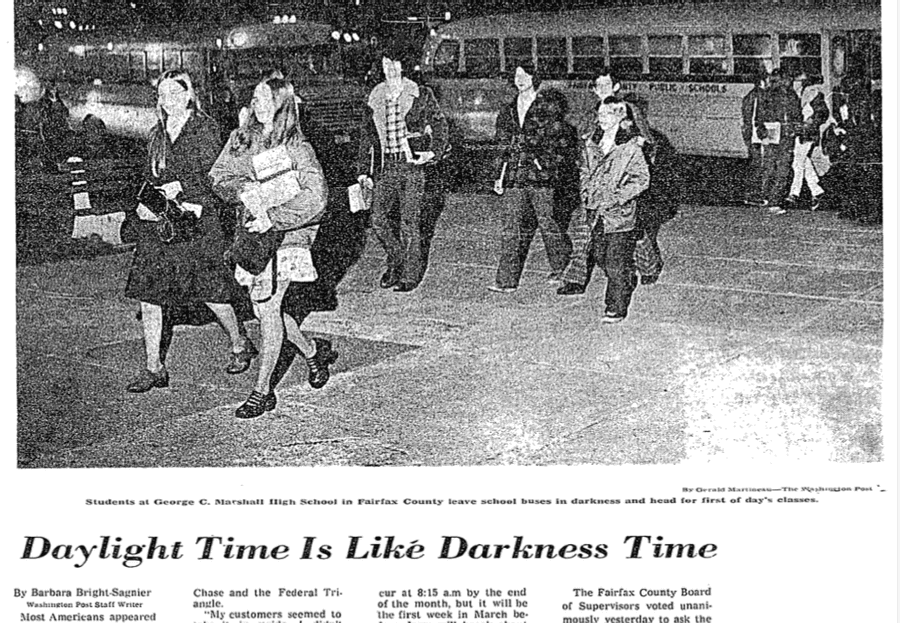Daylight saving time: Explaining the century-old debate
Curated from: washingtonpost.com
Ideas, facts & insights covering these topics:
5 ideas
·661 reads
2
Explore the World's Best Ideas
Join today and uncover 100+ curated journeys from 50+ topics. Unlock access to our mobile app with extensive features.
When and why did daylight saving time begin?
- In 1775, Benjamin Franklin raised the idea of getting up earlier to make better use of daylight and avoid nighttime burning of candles
- Around the turn of the 20th century, George Hudson of New Zealand and William Willett of England separately pitched summertime clock changes, each seeking an extra hour of sunlight for personal hobbies
- Daylight saving time wasn’t implemented until World War I, when countries on both sides of the conflict adopted it as a way of saving energy
8
172 reads
Where is daylight saving time observed?
- Most of the United States spends 34 weeks, or about seven months, from mid-March to mid-November, on standard time.
- Around the world, most of North America, Europe, and New Zealand as well as some parts of the Middle East, South Africa, and Australia practice a biannual switch, but the dates of the time change vary. Much of Africa and Asia do not switch.
8
150 reads
What are the arguments regarding each time system?
Twice-yearly switching- Changing the clocks twice a year has become widely viewed by the public, lawmakers and sleep experts as not only an inconvenience, but also as a serious health and public safety concern.
Daylight saving time - While the original purpose of daylight saving time was to save energy by extending daylight into the evening, research has cast doubts on that idea. Advocates of daylight saving time also argue that it promotes public safety, with evidence linking the extra daylight in the evenings to a decrease in crime
8
118 reads
The last time the U.S. tried permanent daylight saving time was in 1974
- Most Americans had to go to work and school in the dark, with sunrise arriving around 8:30 a.m. in cities including Washington, D.C., New York, and Detroit.
- Disapproval of the switch grew when multiple children were fatally struck by cars while headed to school in dark.
- By late January, the governor of Florida had called for a repeal, and some members of Congress questioned the wisdom of the decision.
- On Oct. 6, not long after Nixon’s resignation, President Gerald Ford signed a bill ending the Daylight Saving Time experiment.
8
118 reads
What does the public want?
- More than 60 percent of Americans are in favor of stopping the biannual switch
- Of the people who want to eliminate the shift, nearly twice as many prefer permanent daylight saving time over standard time
- The poll found that older adults expressed a clear preference for year-round daylight time while adults under 30 were "closely divided" on whether they wanted more daylight in the morning or later in the evening
8
103 reads
IDEAS CURATED BY
Heather Solis's ideas are part of this journey:
Learn more about scienceandnature with this collection
How to manage anxiety and self-doubt
Strategies for setting realistic goals
The importance of self-compassion and self-care
Related collections
Similar ideas
5 ideas
World Happiness Report has surprisingly good news - The Washington Post
washingtonpost.com
13 ideas
Queen Elizabeth II: A visual timeline of her 70 years on the throne
washingtonpost.com
3 ideas
Dear Science: How did the planets get their names?
washingtonpost.com
Read & Learn
20x Faster
without
deepstash
with
deepstash
with
deepstash
Personalized microlearning
—
100+ Learning Journeys
—
Access to 200,000+ ideas
—
Access to the mobile app
—
Unlimited idea saving
—
—
Unlimited history
—
—
Unlimited listening to ideas
—
—
Downloading & offline access
—
—
Supercharge your mind with one idea per day
Enter your email and spend 1 minute every day to learn something new.
I agree to receive email updates



